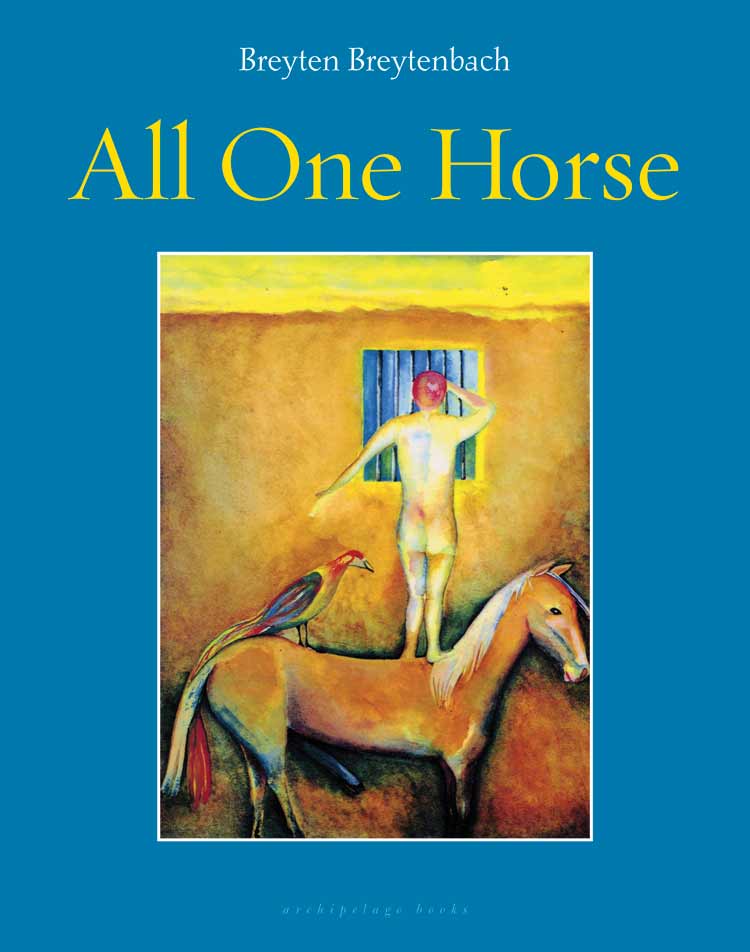Archipelago’s Scott Beauchamp recently returned from Turkey and, continuing in the vein of his last post, offers insight into the Turkish literary landscape:
You’re going to have to forgive me if I wax poetic about my recent trip to Istanbul. In my own defense, the weighty grandeur of the city is as much to blame as my own romantic inclinations. It’s not entirely my fault if I go on about how gracefully the mosques and their minarets rise into the sky as you walk south on Galata Bridge, crossing over the Golden Horn into The Bazaar Quarter. Or the way the humid lodos winds blowing northward from the Sea of Maramara simultaneously warm and cool you. Or the way that even in a popular tourist destination like the Hagia Sophia, you can be surprised by finding scratchfiti, hundreds of years old, carved into the walls of the upper balcony. Some places, Istanbul among them, are experienced in the same way that you fall in love. You feel subsumed, in the way Keats described it in a letter to Fanny Brawne as being “absorb’d”, as though he were dissolving.
You were warned about the waxing.
I completed the requisite reading before my trip: a few travel guides, some Orhan Pamuk (wonderfully translated by Maureen Freely who will be translating Turkish writer Sait Faik for Archipelago next year), the classic Sumner-Boyd Strolling Through Istanbul, and, most importantly, A Mind At Peace by Ahmet Hamdi Tanpinar. Tanpinar’s classic novel about love, loss, and memory in Istanbul has been compared to Ulysses – and that’s accurate, insofar as both works draw out something of the essential spirit of their respective cities.
But there is a huge difference in style between Tanpinar and Joyce. Tanpinar’s sentences, as translated by Erdag Göknar, are long and sinuous, like an extended solo being played on a strange instrument. They weave temporally through past and present, tracing the edges of melancholy and bending towards joy, driven less by the hope of a final destination than by their pure emotional dynamism. The book is, in many respects, a far cry from the type of Modernist experimentation found in Ulysses. The organic structure of the novel astounded me. It shocked me. There isn’t much that’s comparable to those long, twisting sentence which seem to play words like notes, tracing melodies of thought and desire that don’t really accumulate, but rather decay into one another.
While trying to avoid making any large generalizations about the music of Turkey (something I know very little about) from my own keyhole experience, I did notice an emphasis on the melodic line. In fact, not once did I hear a chord played. And not once did I hear a percussion instrument.
Of the handful of performers I encountered, most were playing on stringed instruments – on what is called a Tanbur – and all were exploring complex and wandering melodic paths. Though the makams – the melody types used in the notation of Classical Turkish music – were new to me, they reminded me of something. There was a familiarity in their odd twisting, their constant movement without resolution. And it wasn’t until nearly my last night in Istanbul, standing in Taksim Square next to a grizzled old man playing his own soulful improvisations from a folding chair, that I realized what the sounds were making me recall: I was listening to wordless, musical renditions of Tanpinar’s sentences. The melodic lines sketched ideas and images, unsettled and fluid, and seemed to be in a state of constant departure without ever arriving at anything concrete. There’s something fundamentally true about this – true to how we actually experience time and true to how our emotions change through the time that we’re experiencing. The huzur, the sense of a mind at peace that Tanpinar was writing about, is found here – in the searching of the melody.
Being a traveller, especially one in Istanbul, makes this explicitly obvious.
Check out our post on Istanbul’s bookstores.


